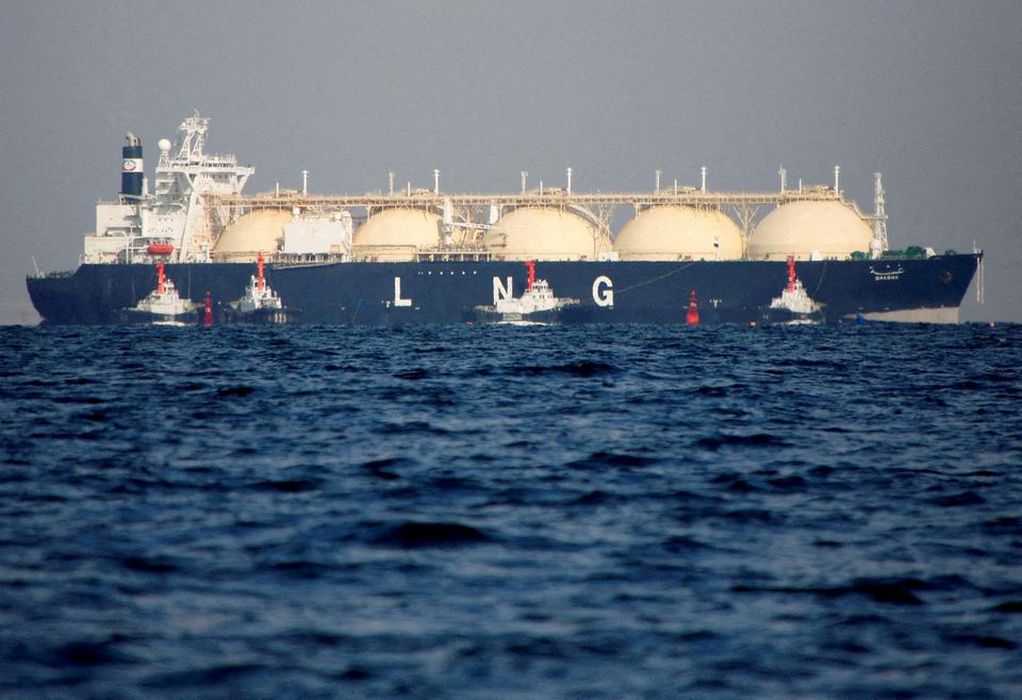Noting that methane slip from LNG-fueled vessels is a recognized problem that the maritime industry has been actively addressing for well over a decade, the SEA-LNG coalition says it is disappointed to see what it calls an “ongoing campaign of misinformation that misrepresents the progress the industry has made, and is continuing to make, to reduce slip.”
SEA-LNG says it is confident in an analysis published in 2021 by ESG lifecycle specialist Sphera, based on primary data from all major engine manufacturers and reviewed by independent academic experts. This study shows that LNG-fueled engines have GHG benefits compared with current oil-based engines of between 20% to 30% for two-stroke slow-speed engines, and 11% to 21% for four-stroke medium speed engines, inclusive of methane slip.
According to SEA-LNG, the “GHG benefits will only improve in the future versions of LNG-fueled engines.”
Calling methane slip “a waste of precious energy,” the coalition says that engine manufacturers are commercially incentivized to reduce slip to improve overall efficiency and performance.” It adds that LNG-fueled engines are available now which have minimal levels of slip: these engines represent at least half the LNG new build order book. For those technologies for which slip remains an issue, levels have fallen four-fold since the early 2000s and engine manufacturers continue to identify technological pathways that will mean all LNG-fueled engines have minimal levels of methane slip by 2030, if not sooner.
SEA-LNG says that regulations being developed by IMO and the EU will reinforce this industry-led direction and can be expected to make methane slip a regulatory compliance issue.
Further, the industry is also undertaking projects to improve on-board monitoring of methane slip and develop exhaust gas after-treatment catalyst systems to deal with any methane that may inadvertently escape the combustion chamber.
In summary, says SEA-LNG, “LNG is a step in the right direction today. It is the only widely available marine fuel that immediately cuts GHG emissions compared with traditionally powered vessels. The LNG pathway that SEA-LNG supports also offers a route to net-zero greenhouse gas emissions for the shipping industry through the continual introduction of available bioLNG and ultimately renewable synthetic LNG. Emission-neutral bioLNG is already being bunkered in Europe and North America. We continue to be confident that bioLNG and renewable synthetic LNG will be an integral part of a basket of net-zero emission marine fuels in the future.”
Source: MarineLog
Tags: ESG Lifecycle, GHGs, LNG-Fueled, SEA-LNG



Recent Posts
Report Highlights Pathway for Electrifying Nigeria’s Container Trade Sector
South Korean Company YPP Plans to Invest up to $3.1 Billion in Green Hydrogen Production in Kazakhstan
WattEV Expands Electric Truck Charging Network with Three New Depots in California
Anemoi Develops New Method to Accurately Measure Wind-Assisted Propulsion Benefits
Navigator Holdings and Amon Maritime Form Joint Venture for Ammonia-Fuelled Carrier Fleet
Hygenco Commissions Maharashtra’s First Green Hydrogen and Oxygen Facility to Power STL’s Net Zero Goals
India Invites Second Round of R&D Proposals Under ₹4 Billion Green Hydrogen Mission
BMTC Adds 148 Tata Electric Buses to Bengaluru Fleet, Strengthens Green Mobility Drive